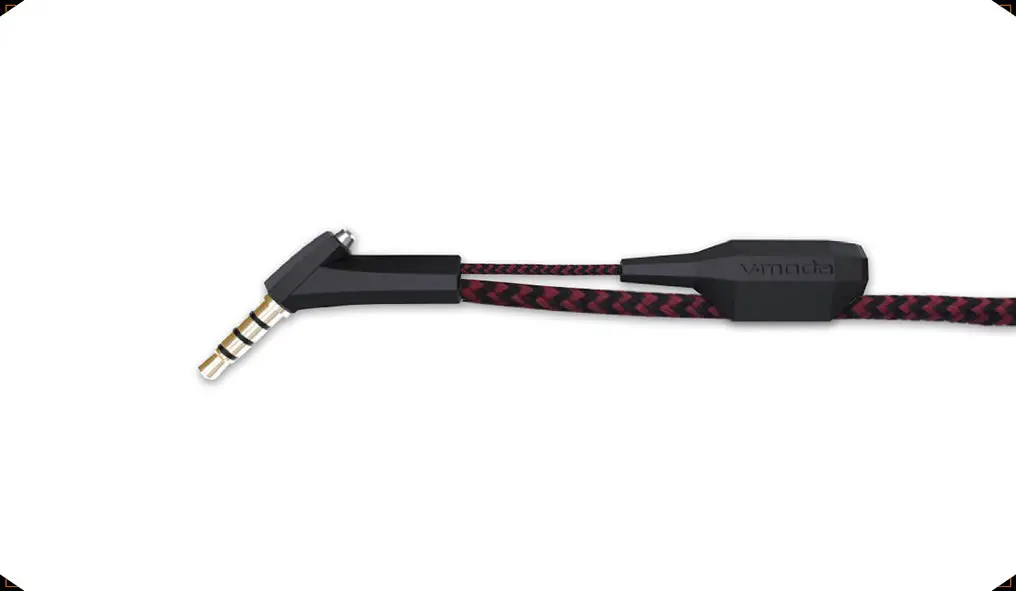
Tomorrow Apple is set to unveil the iPhone 7. Rumors are that the new iPhone will be the first mobile device to jettison the 3.5mm jack. That’s met with mixed reviews, including Apple’s co-founder Steve Wozniak who has advocated that Apple shouldn’t get rid of the legacy connector.
I’ve thought long and hard about the news and if Apple does indeed move ahead as rumored, then I’m OK with it… sort of.
In case you’re keeping track, this wouldn’t be the first time Apple made such a move. Apple was the first company to stop offering a floppy disk drive in its computers and then followed up that act by dumping the CD/DVD player. In each case, Apple received some backlash but ended up being years ahead of the curve. That’s likely the case yet again.
Apple is likely moving in this direction for a few reasons. First, the 3.5mm jack takes up valuable space. Eliminating it and having people connect headphones via the lightning connector with a 3.5mm adapter or Bluetooth makes sense. You can add more circuitry or other features or you can make the phone even thinner. Ever notice how the 3.5mm jack determines the iPhone’s thickness?
Secondly, as noted in the MacRumors article above, it’s a lot easier to make the iPhone water resistant if that wide open jack is eliminated. How many people drop their phones into pools (or worse).
Third, it’s analog. By transitioning, you can provide the opportunity for the headphone maker to take on DAC functionality at the headphone.
The plus side
The latter point is why I’m OK with getting rid of the 3.5mm jack. Yes, maybe it’s a perceived pain to use an adapter but the reality is unless you’re a reviewer like me you aren’t swapping out different pairs of headphones frequently. I also like the idea that we can have a connection capable of delivering hi-res music files to the headphones for decoding natively.
There’s also the opportunity (if manufacturers chose to do it) is create a new generation of headphones that might be considered more like active speakers. Instead of relying solely on the source device to provide amplification, a battery in the headphones could provide that option in much the same way that wireless headphones do already.
The down side
There’s also a potentially major downside here too that’s important to note. It’s certain that Apple will be pushing wireless headphones as a result of this transition. In this case, wireless means Bluetooth and that’ s not necessarily a good thing. Apple hasn’t traditionally supported the aptX codec, which gives near CD-quality sound when streaming music over Bluetooth. If Apple doesn’t support aptX (or launch some other codec with similar or better performance) then we’re once again taking a step back in audio quality and putting convenience first. (READ: our take on Apple’s war on Bluetooth with its new new W1 chip and wireless protocol)

To me, this means that the strides the audiophile community has made in advocating for better and better quality digital source files (in contrast to lossy mp3s for example) will take another step back. I don’t know about you, but there aren’t many Bluetooth headphones that I genuinely like to listen to in wireless mode. They just don’t sound great.
I should also note that I’m not a big fan of having wireless signals around my head all the time. I use Bluetooth headphones (like the 1More iBFree and B&W P5 wireless) but only on the rare occasion when I’m traveling and need hands-free. While there’s been conflicting research about cell phone radiation, my position is that if I have a set of wireless headphones, I want to have the option of using them in a wired mode.
Welcome to the future
Whatever announcement happens, one thing is for sure: whether or not Apple buries the 3.5mm jack, it’s been on life support for quite a while. If Apple doesn’t pull the plug, someone else will soon enough. Welcome to the future of portable audio.







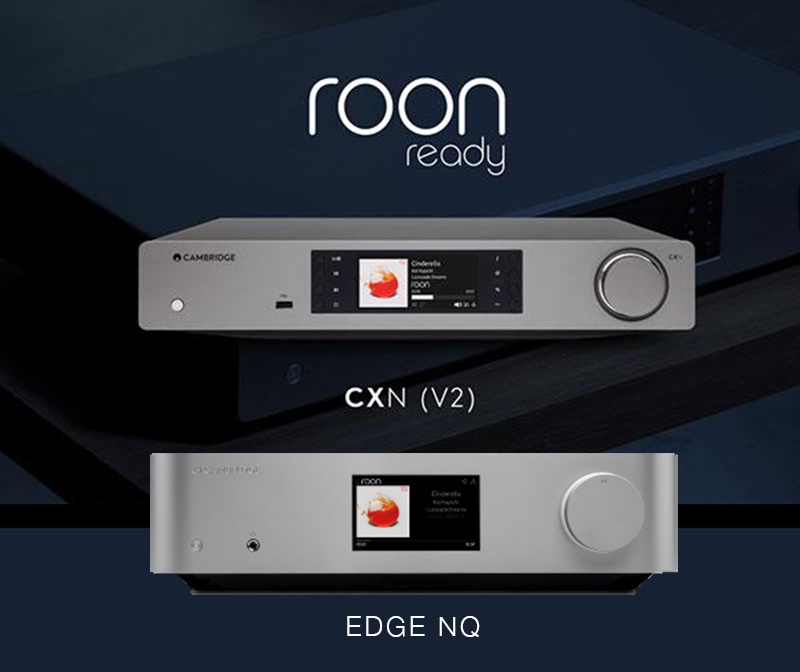
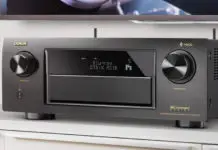
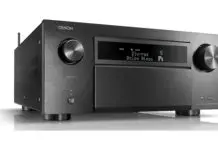
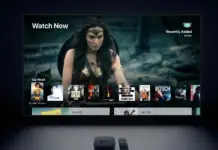


The 3.5mm analog in/out port gets used for a lot more than just headphones. It also gets used for:
• credit card readers like Square
• hooking up to a car stereo via the little 3.5mm jack
• hooking up to PA system or amplifier for use with iOS music apps like Garage Band, Moog Model 15, etc.
In all of the above cases, it is also common for the user to also use the Lightning port to attach one of the following things:
• a power source so the device does not die while being used for GPS navigation, music performance, or ringing up sales for customers
• a MIDI keyboard for latency-free control of iOS music apps like Garage Band, Moog Model 15, etc.
• an external display via Lightning to HDMI for latency-free image projection
The removal of the analog output port on the iPhone is a horrible blow to all the customers who use their devices in those ways. Because now you need to first split the Lightning port into TWO Lightning ports. Then you need to adapt one of those Lightning ports to be a 3.5mm jack, and use the other one as you already would have done.
This creates a chain of two additional adapters hanging off your device, creating a medusa of cables, making the iPhone far less of a “mobile” device. Whatever space was supposedly saved by removing the 3.5mm jack, about 10 times that much space will now be taken up by all the junk that is necessary to restore what was removed.
This is a horrible thing. I can’t believe you people in these blogs and media are so supportive of this highly anti-consumer move by Apple. This is nothing like the removal of DVD drives or floppy drives, because when those were removed, barely anyone used them anymore. In this case, many people use the headphone port all the time; many people have significant investment in hardware that needs a 3.5mm port; and especially for musicians, the barrier to entry to use their phone for music is now much higher (which will be prohibitive for younger/poorer customers and the cash-strapped music education market).
Please retract this article of yours and join those of us who are actively fighting and resisting this terrible change.
Hey Jon,
Thanks for your thoughts on this and you certainly do make some good points and for all of us (me included) it’s definitely a seismic shift. Nevertheless, this is the right move. Many of us had to switch from analog to S/PDIF and then SDI/HDMI. Perhaps we didn’t like it, but we did it. The same will happen here.
The major point you make here (and I’ll be addressing in a post in the next day or so) is the need for concurrent ports. That’s already been addressed by Belkin and other companies will follow. Would it have been cool if Apple provided a lightning/3.5mm split? Yes but I think Apple has bigger plans about making network-based headphones and cloud-based services and devices the focus down the road. That unfortunately means some short term pain and adjustment on our end, but just like the floppy disc and the CD-ROM, it has to go sometime.
Mind you that Apple as made a very good reputation among musicians. I’m a pianist and now I rely heavily on iPads as my main sound generators, in combination with good usb/ midi keyboard controllers. And yes, I play live on big shows and this as proven its reliability, even on very demanding and important tours.
One of the big disavantages of iPads and iPhones are allready their few connections. Please don’t take away 3.5. Me and many others like me have allready made a very huge investment in software ( nearly every professional apps available for music production, with all the add ons, and thats a lot!).
If you do that, many of us will have to abandon iPads for professional purposes. Apple will lose many good clients, like me, who allways need the latest iPad, not because its fancy, but because it makes sense in our work.
Jack and mini-jack connections will never disapear. Jack cables are the industry standard and will continue to be for many years to come.
Mind you also that android latency issue is being solved, so it will soon be possible to use android tablets in professional situations.
Also, a dedicated charger port would be very important, or at least some kind of hub that makes it possible to charge while using lightning for data tranfer ( in my case, for audio and midi ).
Probably iPads wasn’t designed for these purposes, but the fact is that it became a very good and explored platform for music production, so why don’t make it easy for us, instead of forcing us to throw our investments to the trash can?
Yeh I have to agree removing the port is anti consumer. The main reason you list for its support is the digital options via the lightening port. The problem is all of the pluses you list are available and possible on the 6s.
This is a move by Apple to sell its wireless headphones which its own W1 chip. Say hello to beats audio everyone. Cause any other non apple hardware is going to have all the Bluetooth issues.
Having owned every iPhone and I now have a 7. I can tell you I’m switching off Apple. This is not like the floppy / CD-ROM removal at all. In both cases new tech that was better was available… floppies taken by cd and cd by USB sticks…. sorry but wireless is not better then wired headphones in so many situations. And even if they somehow magically got to that point you would still need to charge them and deal with batteries that don’t hold charge after a couple of years… that’s not the future… that’s a hassle and a move by Apple to get you to buy there gear.
Comments are closed.